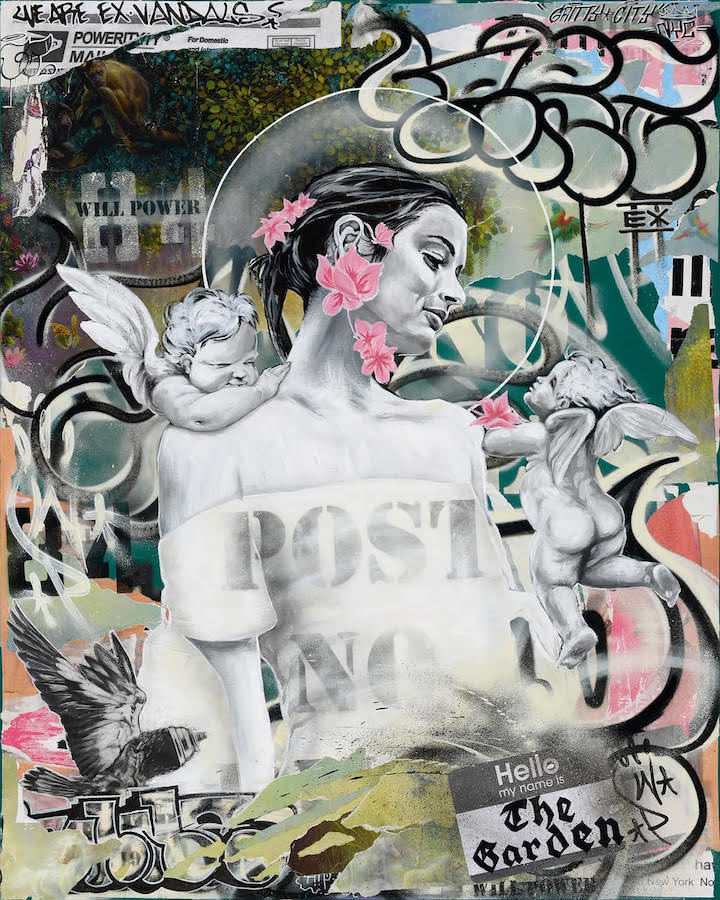
Active on both the streets and in his studio, Will Power fashions stylishly seductive images, often fusing elements of graffiti, street art and fine art. His talents can now be viewed not only on the streets of his native New Jersey and throughout NYC, but in the group exhibition, On and Off the Streets: Urban Art New Jersey, that continues through February 27 at the Morris Museum in Morristown, New Jersey. While selecting studio works to feature in the exhibition, I had the opportunity to interview Will.
When and where did you first get up?
I first got up in 1983. And about a year later I did my first character, a devil. In 1985, I hit the White Castle on Journal Square. No one had ever hit that wall before. I was 14 at the time.
Had you any preferred surface back then?
Any place visible.
Did anyone or anything in particular inspire you at the time?
The movie Style Wars. It came out in 1983.
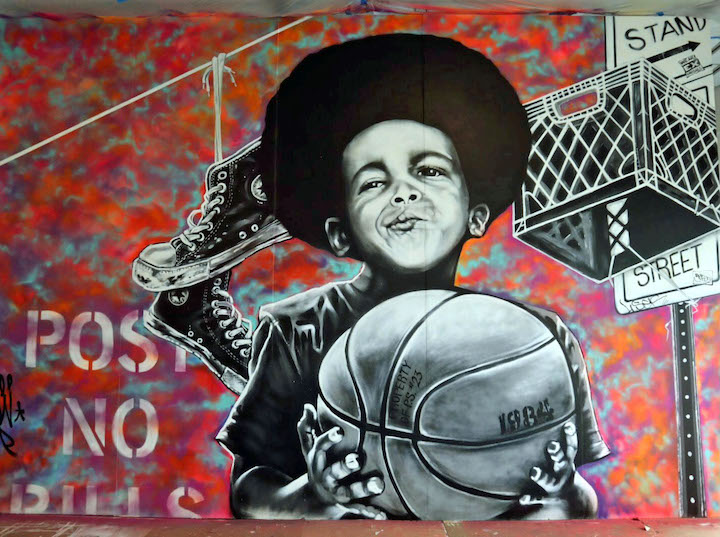
Do any early graffiti-related memories come to mind?
Racking up cans and bombing the bathrooms in Dickinson High School. The entire building was covered with graffiti.
Were you ever arrested?
Never! I knew what I was doing. I knew when and where to do it.
Did you belong to any crews back then?
A few. TFK (The Fresh Kingdom); KOC (Kings of Cremation) and MOB (Masters of Bombing).
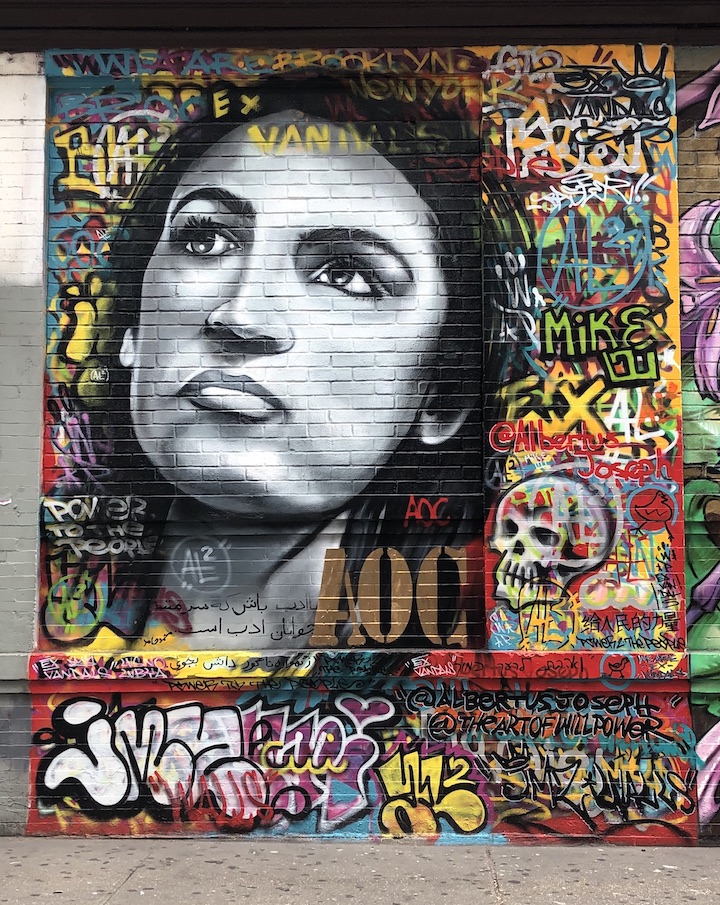
Do you prefer working alone or collaborating with others?
I’d rather work alone. Often when I collaborate, I feel as though I’m carrying the other person. The exception is Albertus Joseph. We began collaborating in 2018, and we’ve developed our distinct aesthetic that we call “Gritty City Styles.”
Is there anyone, in particular, with whom you’d like to collaborate?
The Italian Renaissance artist Michelangelo. I’d like to paint graffiti-style over his Sistine Chapel.
Have you any thoughts about the street art/graffiti divide? You certainly bridge the two.
The line is getting thinner and thinner. The problem is that street artists and graffiti writers don’t really get to talk to each other. The writers feel that the street artists are doing it for the money. But our motivation is really the same. We love what we do, and we have fun doing it!
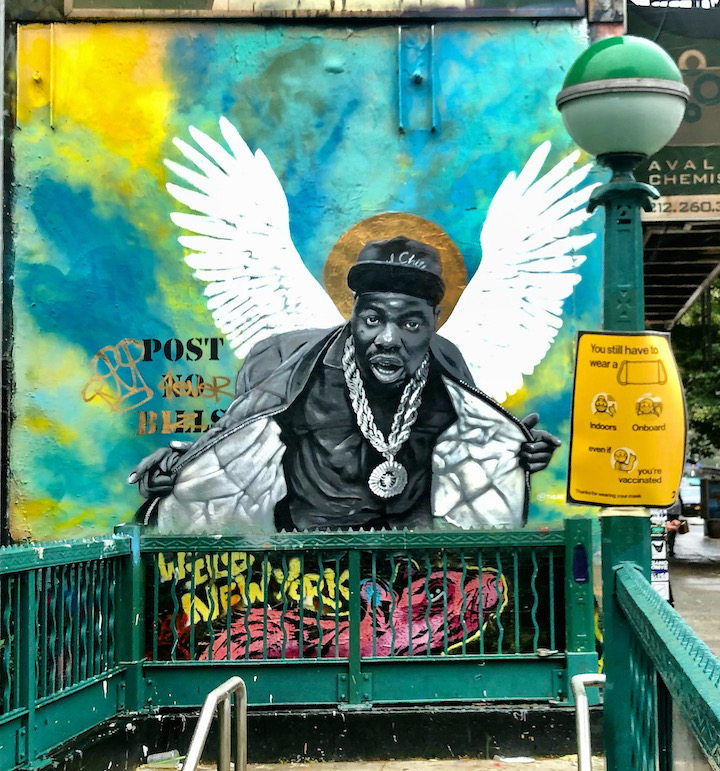
What about the street art scene here in New Jersey? Any thoughts about it?
We need a “scene!” There are not enough legal walls and it’s all too cliquish. And I’d like to see the state do more to promote local artists.
Street artists are increasingly collaborating with the corporate world. Have you any feelings about that partnership?
That depends on the circumstances, the particular product and the way it’s being represented.
And how do you feel about the movement of graffiti and street art into galleries and museums?
I feel good about it. Graffiti and street art should be moving into galleries and museums. It’s the logical progression.
How would you describe your ideal working environment?
It’s in my home. I find a space to paint in my house, and it becomes my studio and my sanctuary.
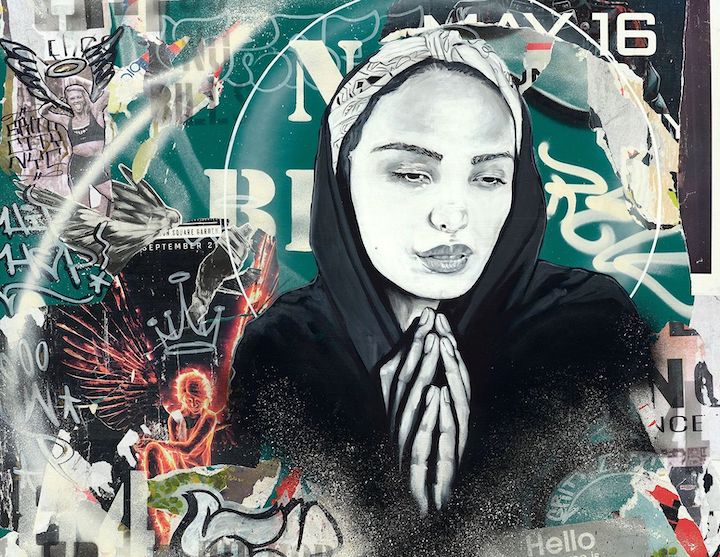
Have you a formal art education?
No. I’m self-taught. Graffiti was my teacher.
What inspires you these days?
My main sources of inspiration are: hip-hop, iconography, God and the Bible.
Are there any particular cultures that have influenced your aesthetic?
I lived with my mother’s family in Thailand for three years from about 4-7. I vividly remember the detailed, decorative repetitive patterns and the classic spiritual beauty of the Buddhist temples. And I spent six months with my stepfather’s family in Egypt after I graduated from high school. There was gold everywhere! That’s what stands out. But the hip-hop culture has always been my main influence.
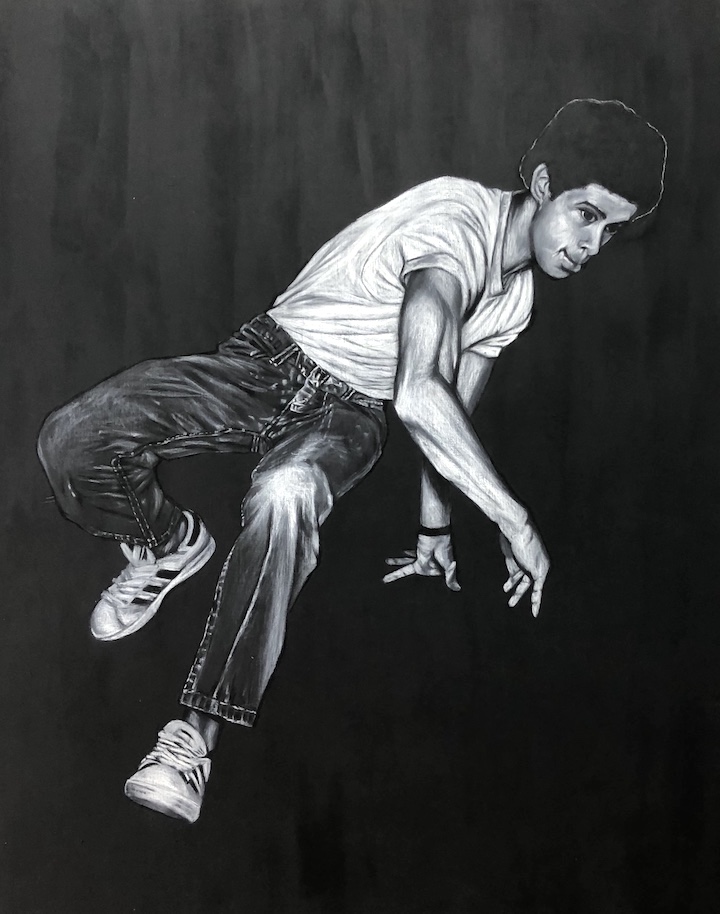
Is there a central theme that ties your work together?
Hip-hop and spirituality.
Do you work with a sketch-in-hand or just let it flow?
Mostly, I don’t. But for commissions, I sometimes have to.
Are you generally satisfied with your finished piece? And how do you know when it’s finished?
I am satisfied with it. I know it’s finished when it feels balanced.
How important are other’s reactions to you?
On my studio work, they’re not important. But when I paint outside, it’s for the people. And then it matters.
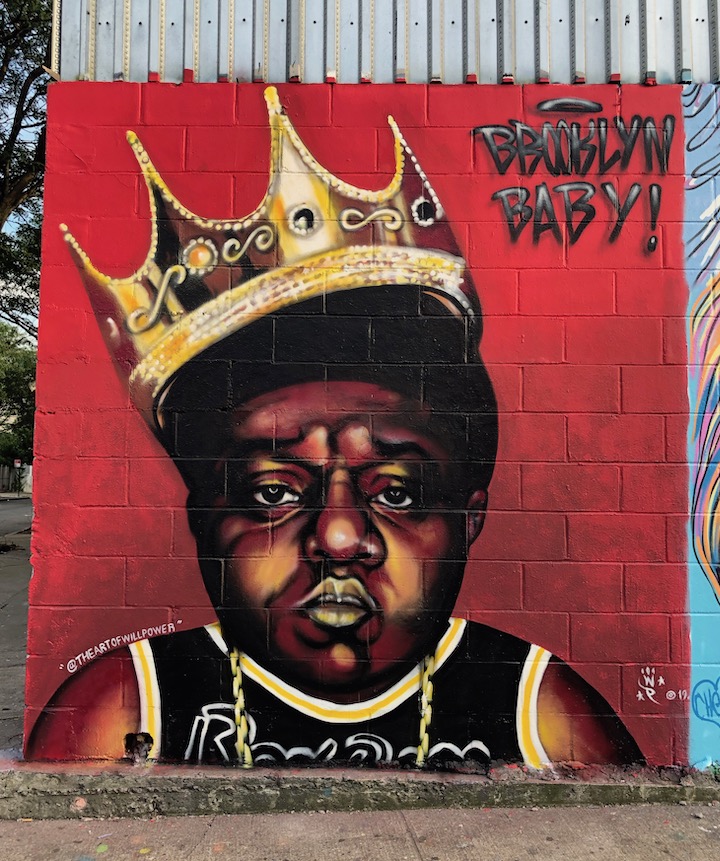
How has your work evolved through the years?
It began with tagging and bombing the streets, and now it’s working on canvas fusing elements of graffiti, urban art and fine art.
How has the work you’ve done on the streets impacted your studio work?
The media I use are largely the same ones I use on the streets: spray paint, wheatpastes, stencils and charcoal. But I’ve also begun working more and more with oil paint and oil sticks in the studio.
How has your studio work evolved in the past several years?
I’m definitely taking more chances, and my tones are often more subtle. And working with oil paint adds a classical element to it.
How long do you generally spend on a studio piece? On a street art work?
I spend, on the average, of about three months on a studio piece, and anywhere from 4-6 hours on a work on the streets.
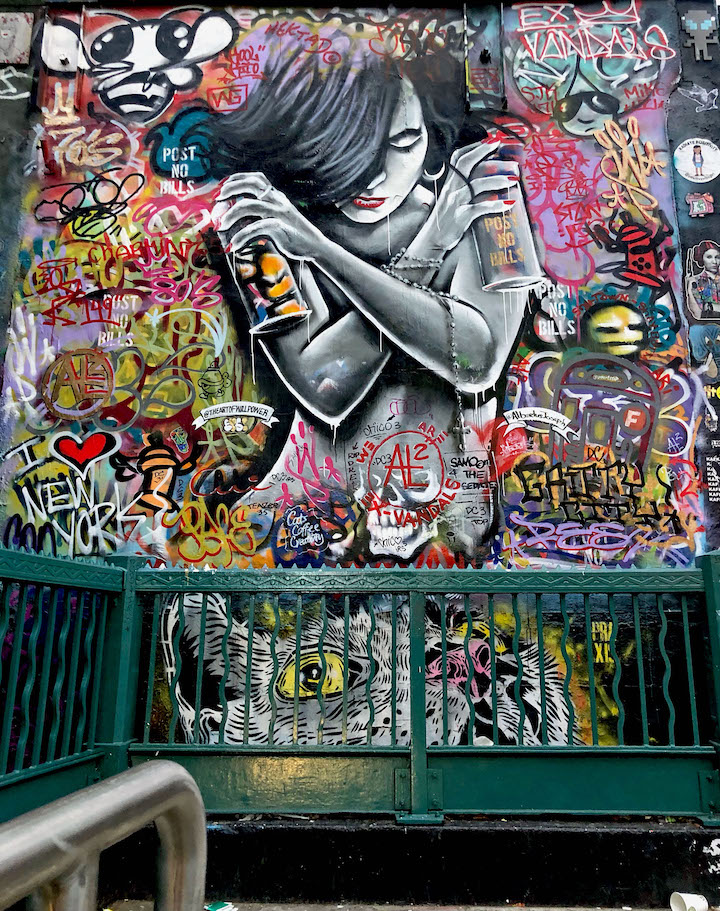
What do you see as the role of the artist in society?
My role is to share my God-given talents with others.
What percentage of your time is devoted to art?
I’d have to say all of it, because even at my day job – my main source of income – I paint in my head.
Note: Will Power‘s work remains on view through February 27 at the Morris Museum in Morristown, NJ and for the next several weeks, you may even find him collaborating with the legendary Al Diaz at First Street Green Art Park.
Interview by Lois Stavsky
Photos feature Will Power‘s studio and street art in various indoor and outdoor venues. Images 3 & 8 in collaboration with fellow Ex-Vandals member, Albertus Joseph

{ 0 comments… add one now }